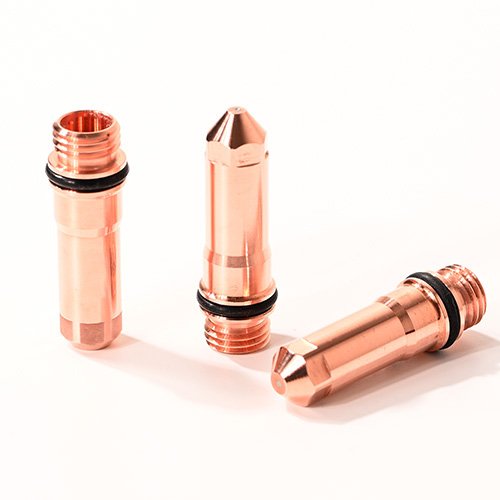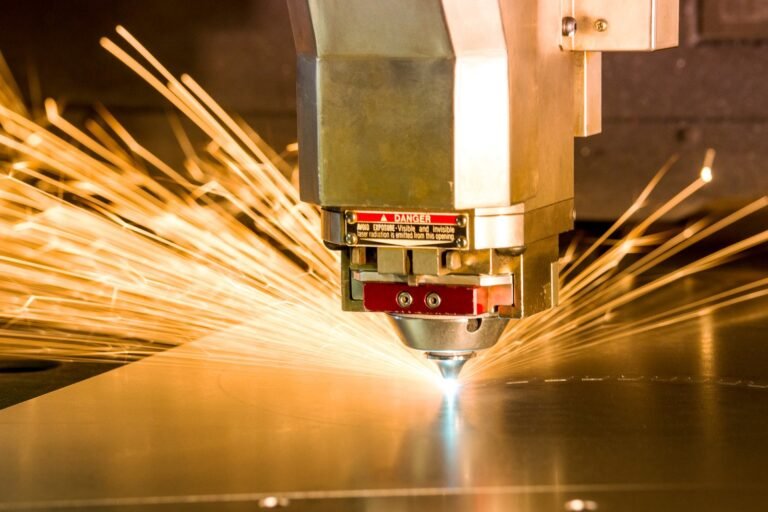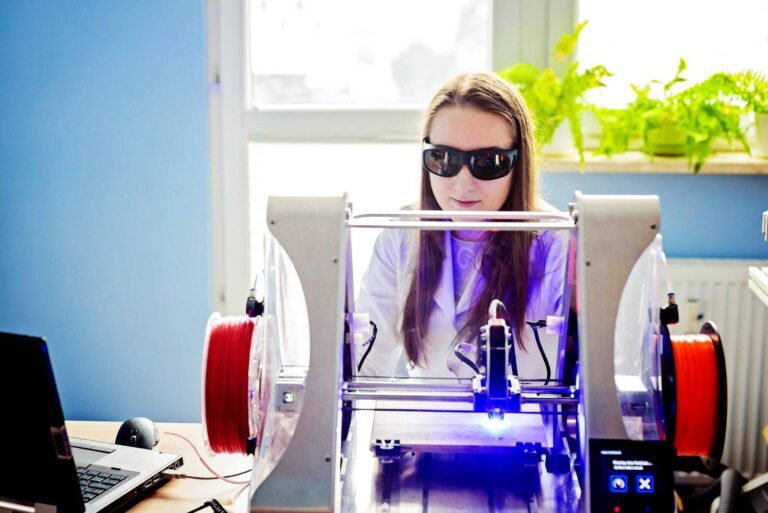The Ultimate Guide to Plasma Cutting Electrodes and Nozzles: Tips, Tricks, and Brand Comparisons
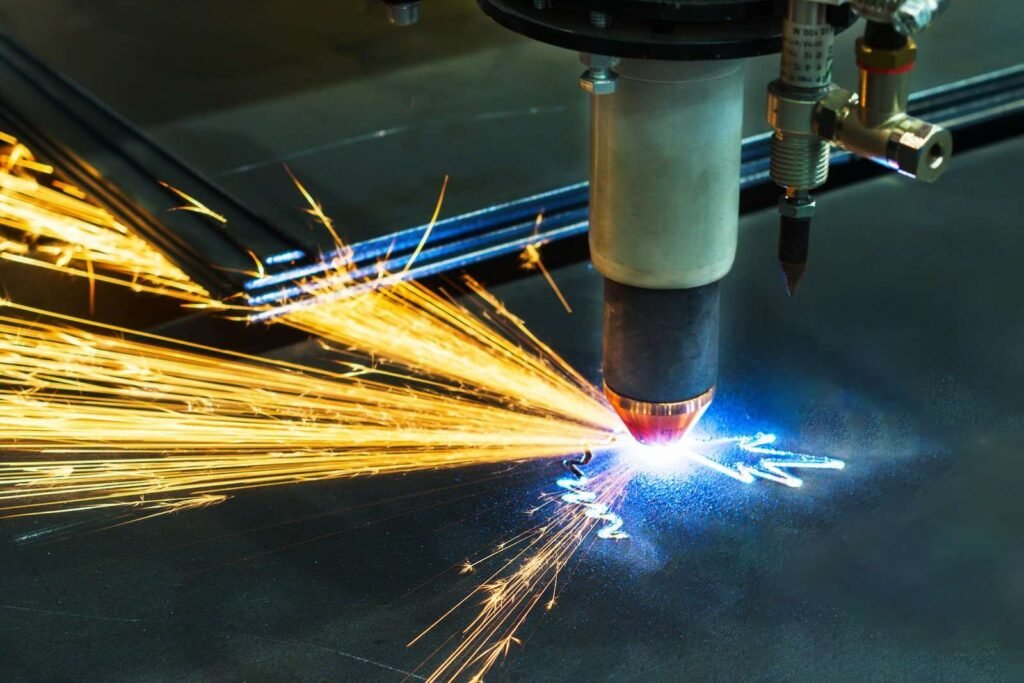
I. Introduction
Plasma cutting is a popular method for cutting metal, especially in industrial and fabrication settings. This process uses a high-temperature plasma arc to melt through the metal, with the help of electrodes and nozzles. The electrode creates the plasma arc, while the nozzle focuses the arc and directs the flow of gas that helps to shield the arc from the surrounding air.
The quality of your plasma cutting electrodes and nozzles can have a significant impact on the precision and efficiency of your cutting process. Using high-quality consumables can result in cleaner cuts, longer lifespan for your equipment, and lower operating costs. On the other hand, low-quality consumables can lead to poor cut quality, frequent equipment breakdowns, and costly downtime.
In this ultimate guide, we will cover everything you need to know about plasma cutting electrodes and nozzles, from the different types of electrodes and nozzles to the benefits of using high-quality consumables. We will also provide a comparison of popular brands like ESAB, Hypertherm, Black Wolf, and Thermal Dynamics. Whether you’re a seasoned plasma cutter or just starting out, this guide will provide valuable tips, tricks, and brand comparisons to help you achieve optimal cutting results.
II. Types of Electrodes Used in Plasma Cutting
Plasma cutting electrodes are an essential part of the cutting process, as they create the high-temperature plasma arc that melts through the metal. There are several types of electrodes used in plasma cutting, each with its own benefits and limitations. Here are the main types of plasma cutting electrodes:
Hafnium electrodes: Hafnium is a rare metal that is often used in plasma cutting electrodes because of its high melting point and resistance to heat. Hafnium electrodes are ideal for cutting thicker metals and are known for their long lifespan.
Copper electrodes: Copper is another popular electrode material because of its excellent heat conductivity and affordability. Copper electrodes are often used in medium-duty applications and are known for their consistent cutting performance.
Tungsten electrodes: Tungsten is a hard, dense metal that is often used in welding applications, but can also be used as a plasma cutting electrode. Tungsten electrodes are known for their durability and resistance to heat, but they require more precise tuning of the cutting parameters to achieve optimal cutting results.
When choosing a plasma cutting electrode, consider the following factors:
1.Material thickness and type
2.Cutting speed and precision requirements
3.Power supply capacity and amperage
4.Cost and availability of consumables
5.By selecting the right electrode material for your specific application, you can achieve optimal cutting results and maximize the lifespan of your equipment.
III. Plasma Cutter Nozzles
Plasma cutter nozzles are an essential component of the plasma cutting process, as they help to focus and shape the plasma arc and direct the flow of gas that surrounds the arc. Here are some important points to consider when it comes to plasma cutter nozzles:
Definition and function of nozzles: The nozzle is a small, cylindrical component that screws onto the end of the plasma torch. It helps to focus the plasma arc and direct the flow of gas that surrounds the arc, which is essential for achieving optimal cutting results.
Different types of nozzles: There are several types of plasma cutter nozzles, each with its own benefits and limitations. Some popular types include:
P80 nozzle
The P80 nozzle is a common type of plasma cutter nozzle that is known for its durability and affordability. It is compatible with a wide range of plasma torches and can be used for both light-duty and heavy-duty applications.
Black Wolf plasma nozzle
The Black Wolf plasma nozzle is a high-performance nozzle that is designed for use with high-amperage plasma cutting systems. It is made from high-quality materials and is known for its long lifespan and consistent cutting performance.
Comparison of nozzle materials and their benefits: The material used to make the nozzle can have a significant impact on its performance and lifespan. Some common materials include:
Copper: Copper is a popular material for plasma cutter nozzles because of its excellent thermal conductivity and low cost. It is ideal for light-duty applications and can provide good cutting performance when used with the appropriate electrode.
Brass: Brass is a durable and heat-resistant material that is often used in medium-duty plasma cutting applications. It can provide consistent cutting performance and a long lifespan when used with high-quality electrodes.
IV. How Long Do Plasma Electrodes and Nozzles Last?
One of the most important factors to consider when using plasma cutting equipment is the lifespan of your consumables. The consumables, including the plasma cutter tips, electrodes, and nozzles, play a critical role in the cutting process, and their performance can have a significant impact on the quality of your cuts. Here are some important points to consider when it comes to the lifespan of your plasma cutter consumables:
Factors that affect the lifespan of consumables
There are several factors that can affect the lifespan of your plasma cutter consumables, including:
1.Material type and thickness
2.Cutting speed and amperage
3.Gas flow and pressure
4.Torch height and angle
5.Quality of consumables
Typical lifespan of plasma cutter tips and electrodes: The lifespan of your plasma cutter consumables can vary depending on the factors mentioned above, as well as the specific brand and type of consumables you are using. Generally, plasma cutter tips and electrodes can last anywhere from a few hours to several weeks or months, depending on usage and cutting conditions.
Signs that it’s time to replace your consumables: It’s important to keep an eye on the condition of your consumables to ensure optimal cutting performance and to avoid damaging your equipment. Here are some signs that it’s time to replace your plasma cutter consumables:
Reduced cutting performance, such as slower cutting speeds or uneven cuts
Excessive slag buildup or dross on the metal
Increased frequency of consumable replacement
Visible damage or wear to the consumables, such as cracks, chips, or burn marks
V. Maintaining and Cleaning Plasma Cutter Tips and Electrodes
Maintaining and cleaning your plasma cutter consumables is crucial for ensuring optimal cutting performance and extending the lifespan of your equipment. Here are some best practices for maintaining and cleaning your plasma cutter tips and electrodes:
Best practices for cleaning and maintaining your consumables:
Use high-quality consumables: Using high-quality plasma cutter consumables can help to extend the lifespan of your equipment and ensure optimal cutting performance. Make sure to choose consumables that are compatible with your specific plasma cutter model.
Inspect your consumables regularly: Regularly inspecting your consumables for signs of wear or damage can help you identify potential issues before they lead to equipment failure. Check for cracks, chips, burn marks, and other signs of wear.
Replace your consumables as needed: As mentioned earlier, it’s important to replace your plasma cutter consumables as needed to ensure optimal cutting performance and prevent equipment damage. Follow the manufacturer’s recommendations for replacement intervals.
Steps to properly clean and extend the lifespan of your plasma cutter tip:
Turn off your plasma cutter and let it cool down before cleaning.
Remove the tip from the torch using pliers or a wrench.
Clean the tip with a wire brush or soft cloth to remove any debris or buildup. Be gentle to avoid damaging the tip.
Clean the inside of the torch with compressed air to remove any debris or dust.
Reinsert the tip into the torch and tighten it securely using pliers or a wrench.
Test the torch to ensure that it’s functioning properly.
VI. Brand Comparison: Best Brands for Plasma Cutting Electrodes and Nozzles
Choosing the right brand of plasma cutting electrodes and nozzles can make a significant difference in the performance and lifespan of your equipment. Here are some important points to consider when comparing popular brands like ESAB, Hypertherm, Black Wolf, and Thermal Dynamics:
Overview of popular brands: Each brand has its own strengths and weaknesses when it comes to plasma cutting electrodes and nozzles. Here’s a brief overview of some popular brands:
ESAB
ESAB is a leading manufacturer of welding and cutting equipment, including plasma cutting electrodes and nozzles. Their consumables are known for their durability and consistent cutting performance.
Hypertherm
Hypertherm is a well-known brand in the plasma cutting industry, with a reputation for producing high-quality consumables that are compatible with a wide range of plasma cutting systems.
Black Wolf
Black Wolf is a relatively new brand that specializes in high-performance plasma cutting consumables. Their nozzles and electrodes are known for their long lifespan and consistent cutting performance.
Thermal Dynamics
Thermal Dynamics is a subsidiary of ESAB that focuses on producing high-performance plasma cutting systems and consumables. Their consumables are known for their high-quality construction and durability.
Comparison of brands and their benefits: When comparing brands of plasma cutting electrodes and nozzles, consider the following factors:
Material quality and construction
Cutting performance and consistency
Lifespan and durability
Compatibility with your specific plasma cutting system
Cost and availability of consumables
Factors to consider when choosing a brand: When selecting a brand of plasma cutting electrodes and nozzles, consider the following factors:
Your specific cutting needs and requirements
Compatibility with your plasma cutting system
Quality and durability of the consumables
Cost and availability of consumables
Reputation and customer reviews of the brand
VII. Frequently Asked Questions about Plasma Cutting Electrodes and Nozzles
Plasma cutting electrodes and nozzles can be complex components of the cutting process, and there are often many questions that arise about their use and maintenance. Here are some answers to common questions about plasma cutting electrodes and nozzles:
What type of electrode is used in plasma cutting?
Plasma cutting electrodes can be made from several materials, including hafnium, copper, and tungsten. The choice of electrode material will depend on factors such as material thickness and type, cutting speed and precision requirements, and power supply capacity.
What is plasma electrodes?
Plasma electrodes are small metal components that are used in the plasma cutting process to create a high-temperature plasma arc that melts through the metal. The electrode material will affect the performance of the plasma cutter and should be chosen based on the specific cutting application.
What is the electrode material of plasma torch?
The electrode material of a plasma torch can be made from several materials, including hafnium, copper, and tungsten. The choice of electrode material will depend on factors such as material thickness and type, cutting speed and precision requirements, and power supply capacity.
How long does a plasma electrode last?
The lifespan of a plasma electrode can vary depending on factors such as the specific material and brand, cutting conditions, and usage frequency. Generally, plasma electrodes can last from a few hours to several weeks or months.
Do you touch the metal when plasma cutting?
No, you should not touch the metal when plasma cutting. The plasma arc can melt through the metal and cause severe burns or injury if it comes into contact with skin.
When should I replace my plasma cutter tip?
You should replace your plasma cutter tip when it begins to show signs of wear, such as reduced cutting performance, excessive slag buildup or dross on the metal, or visible damage or wear to the tip itself.
How do you clean a plasma cutter tip?
To clean a plasma cutter tip, turn off the plasma cutter and let it cool down. Remove the tip from the torch using pliers or a wrench and clean it with a wire brush or soft cloth. Clean the inside of the torch with compressed air to remove any debris or dust, then reinsert the tip into the torch and tighten it securely.
How do you know if plasma consumables are bad?
Signs that your plasma consumables may need to be replaced include reduced cutting performance, excessive slag buildup or dross on the metal, increased frequency of consumable replacement, and visible damage or wear to the consumables.
Is plasma cutting AC or DC?
Plasma cutting can be either AC or DC, depending on the specific plasma cutting system and power source.
What gas is used for plasma cutting?
Typically, plasma cutting uses a mixture of compressed air and an inert gas, such as argon or nitrogen, to surround the plasma arc and help to shield it from the surrounding air. The specific gas used will depend on the cutting application and the plasma cutting system being used.
VIII. Conclusion
In conclusion, plasma cutting electrodes and nozzles are critical components of the cutting process that play a major role in the quality and precision of your cuts. Choosing high-quality consumables and properly maintaining them can help to extend the lifespan of your equipment and ensure optimal cutting performance. Here are some key takeaways from this article:
Plasma cutting electrodes and nozzles can be made from various materials, including hafnium, copper, and tungsten.
There are different types of plasma cutter nozzles, such as the P80 nozzle and Black Wolf plasma nozzle, and each type has its own benefits and applications.
Factors such as material type and thickness, cutting speed and amperage, gas flow and pressure, and torch height and angle can affect the lifespan of your consumables.
It’s important to regularly inspect your consumables for signs of wear or damage and replace them as needed.
Proper cleaning and maintenance of your plasma cutter tips and electrodes can help to extend their lifespan and ensure optimal cutting performance.
When choosing a brand of plasma cutting electrodes and nozzles, consider factors such as material quality and construction, cutting performance and consistency, lifespan and durability, compatibility with your specific plasma cutting system, and cost and availability of consumables.
By following these tips and best practices for plasma cutting electrodes and nozzles, you can achieve optimal cutting results and extend the lifespan of your equipment. Remember to choose high-quality consumables, regularly inspect and replace your consumables as needed, and properly clean and maintain your plasma cutter tips and electrodes for optimal cutting performance.
